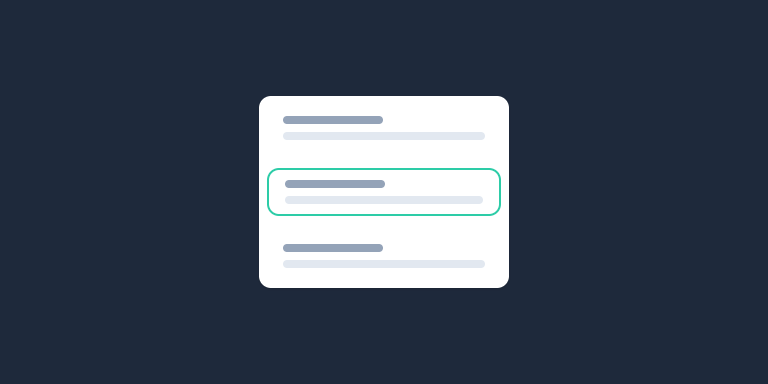Options play a pivotal role in the development of applications, providing users with the flexibility to make choices, define interactions, and streamline the user experience. Whether it's in the form of defining choices within a form, interactions within a menu, or creating drop-down sections for specific fields, options are integral to creating dynamic and user-friendly applications.
Defining Choices Within a Form
In application development, forms are commonly used to collect user input. Options within forms allow developers to provide users with a range of choices for various fields, such as selecting a preferred language, indicating a title, or choosing a category. By offering predefined options, developers can ensure data consistency and accuracy, while also simplifying the user input process.
Defining Interactions Within a Menu
Menus are fundamental components of many applications, facilitating navigation and access to different features. Options within menus enable developers to define the various interactions available to users. This can include dropdown menus that present a range of choices for actions, settings, or navigation paths. By incorporating options within menus, developers can create intuitive and efficient pathways for users to interact with the application.
Creating Drop-Down Sections for Specified Fields
Another important use of options in applications is their ability to create drop-down sections for specific fields. This feature is commonly used when a field requires a selection from a predefined list of choices. For example, in a registration form, users may be asked to select their country of residence from a dropdown list of options.
Summary
Options are a fundamental aspect of application development, impacting the user experience in significant ways. Whether it's defining choices within a form, interactions within a menu, or creating drop-down sections for specific fields, the versatility of options is essential to implement.
